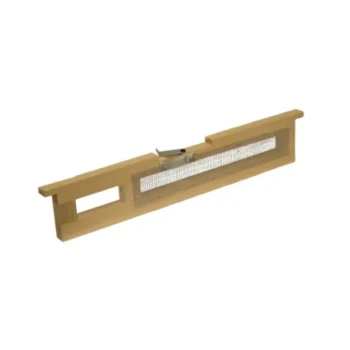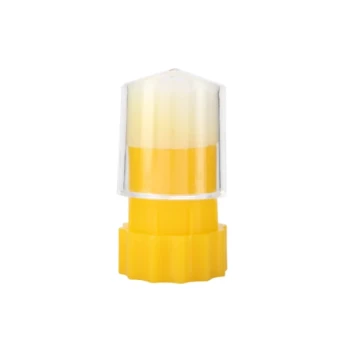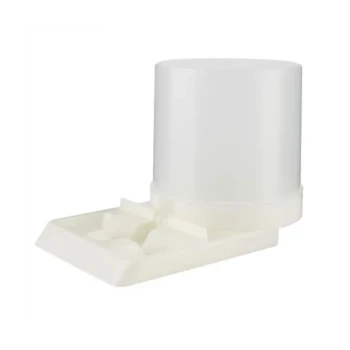To secure a new laying queen, beekeepers have two primary paths: purchasing a commercially raised queen or rearing one from their own hive's stock. The choice depends on your urgency, skill level, and long-term goals for your apiary, as buying a queen provides a fast and reliable solution while rearing one offers greater control and self-sufficiency.
The decision to buy or rear a queen is a pivotal moment in hive management. Purchasing a queen is the most direct solution to a queenless hive, while rearing your own is an advanced skill that builds a more sustainable and genetically adapted apiary.
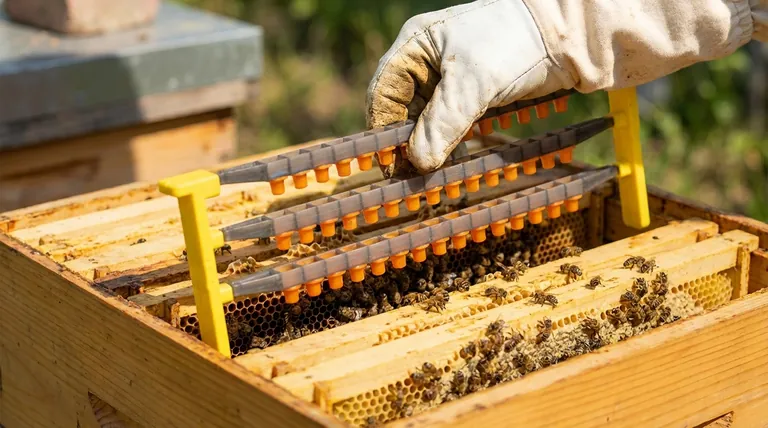
The Commercial Route: Purchasing a Laying Queen
For most beekeepers, especially those managing a few hives or facing an emergency, buying a queen is the most practical and efficient option. This path ensures you receive a young, mated, and actively laying queen ready to restore colony balance.
Why Purchase a Queen?
The primary advantage is speed and reliability. A queenless colony is on a strict timeline, and ordering a queen can resolve the issue in a matter of days.
Purchasing also allows you to introduce new genetics into your apiary. Breeders often select for desirable traits like gentleness, disease resistance (e.g., Varroa Sensitive Hygiene), or high honey production.
Finding and Introducing a Purchased Queen
Look for reputable queen breeders with positive reviews and transparent practices regarding bee health. The queen will typically arrive in a small wooden or plastic cage with a few attendant bees and a candy plug.
This cage is placed inside the queenless hive, and the colony's bees will slowly chew through the candy plug to release her. This slow introduction process allows the hive to acclimate to her pheromones, dramatically increasing the chance of her acceptance.
The Self-Sufficient Route: Rearing Your Own Queen
Rearing your own queens is an advanced beekeeping skill that transforms you from a bee "keeper" to a bee "breeder." It requires a deep understanding of bee biology and behavior but offers significant rewards.
Why Rear Your Own Queen?
The main benefit is sustainability and cost-effectiveness, especially for beekeepers with multiple hives. It eliminates the recurring cost of purchasing queens.
Most importantly, it gives you complete genetic control. You can select larvae from your strongest, gentlest, and most productive hive, propagating the traits best suited for your specific local environment.
Common Rearing Methods
Beekeepers use several methods to encourage a colony to create a new queen. This always starts by creating a queenless situation and ensuring the hive has eggs or very young larvae (less than 3 days old).
One simple method is a "walk-away split," where a hive is divided, leaving one half with the old queen and the other half queenless. The queenless half will recognize its status and begin raising a new queen from the existing young larvae. Other, more advanced methods like grafting involve manually transferring tiny larvae into artificial queen cells.
Understanding the Trade-offs: Buying vs. Rearing
Choosing the right path requires weighing the clear trade-offs between speed, cost, effort, and control. Neither method is inherently superior; they simply serve different goals.
Time and Urgency
Buying a queen is the fastest solution. A purchased queen can be introduced and begin laying within a week. Rearing a queen is a lengthy process, taking approximately one month from starting the process to having a mated, laying queen.
Cost and Effort
Purchasing involves a direct monetary cost for the queen and shipping. Rearing a queen is "free" in terms of money but demands significant investment in time, specialized knowledge, and potentially extra equipment.
Success Rate and Risk
A purchased, mated queen has a very high success rate if introduced correctly. The primary risk is the hive rejecting her. Rearing queens involves multiple points of failure: the bees may not raise a good cell, the virgin queen may be lost on her mating flight, or she may mate poorly.
Genetic Control
Buying a queen gives you access to professionally selected genetics that may not be available locally. Rearing a queen allows you to cultivate and improve the genetics already proven to thrive in your specific area.
Making the Right Choice for Your Apiary
Your decision should be guided by your immediate need, your experience level, and your long-term vision for your bees.
- If you are a beginner or have an urgent queenless crisis: Buy a mated queen from a reputable supplier to stabilize your hive quickly and reliably.
- If you are an experienced beekeeper with multiple hives: Consider learning to rear your own queens to create a self-sustaining apiary and reduce long-term costs.
- If your primary focus is improving local stock: Rearing queens from your best-performing colonies is the most direct way to propagate desirable, locally-adapted traits.
Ultimately, choosing how to source a new queen is about making the best decision to ensure the health and continuity of your colony.
Summary Table:
| Method | Best For | Key Advantage | Timeframe |
|---|---|---|---|
| Buying a Queen | Beginners, urgent needs | Fast, reliable solution | ~1 week |
| Rearing a Queen | Experienced beekeepers, sustainability | Genetic control, cost-effective | ~1 month |
Ready to equip your apiary for success? Whether you're buying queens for immediate hive stability or rearing your own for long-term sustainability, having the right beekeeping supplies is essential. HONESTBEE supplies commercial apiaries and beekeeping equipment distributors with the durable, wholesale-focused equipment needed for efficient hive management. Contact our team today to discuss your wholesale supply needs and ensure your colonies thrive.
Visual Guide
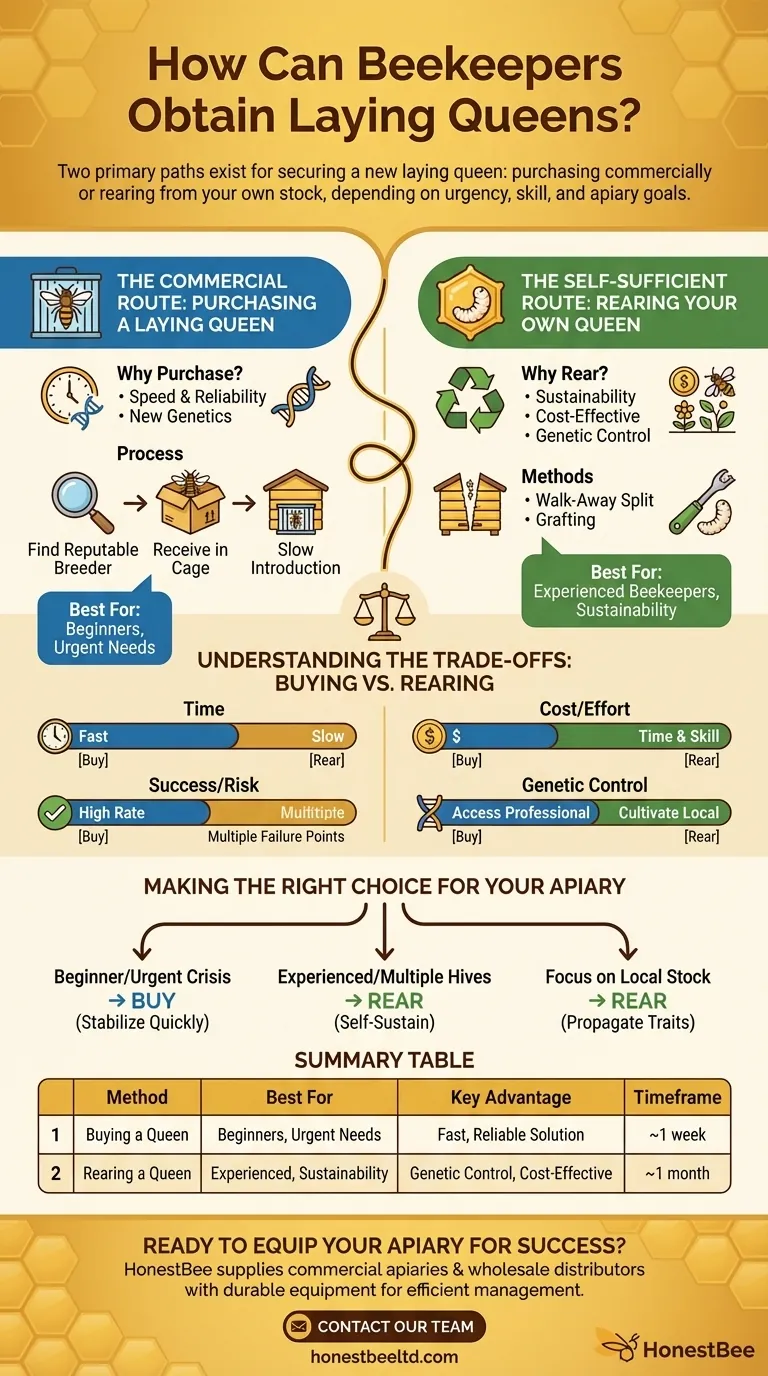
Related Products
- JZBZ Langstroth Queen Rearing Frame for Beekeeping
- High Performance Plastic Queen Excluder for Beekeeping and Apiary Management
- Wood and Mesh Push-In Queen Cage
- Professional Wooden Requeening Frame for Beekeeping
- Queen Bee Catcher Plastic Bee Marker Bottle with Piston Marking Tube
People Also Ask
- How long does it take for a virgin queen to mate and start laying eggs? A Beekeeper's Timeline Guide
- What do queen rearers do with queens that fail to lay on time? The Critical Quality Control Decision
- Why is it difficult to purchase queens during the production season? The Seasonal Demand Spike Explained
- How long can a hive survive queenless? The Critical Countdown to Save Your Colony
- What is the purpose of queen rearing frames? Master Controlled Queen Production for Your Apiary



